Here’s a great article written by Dan Jenkins in 1969 abut the Arnold Palmer…
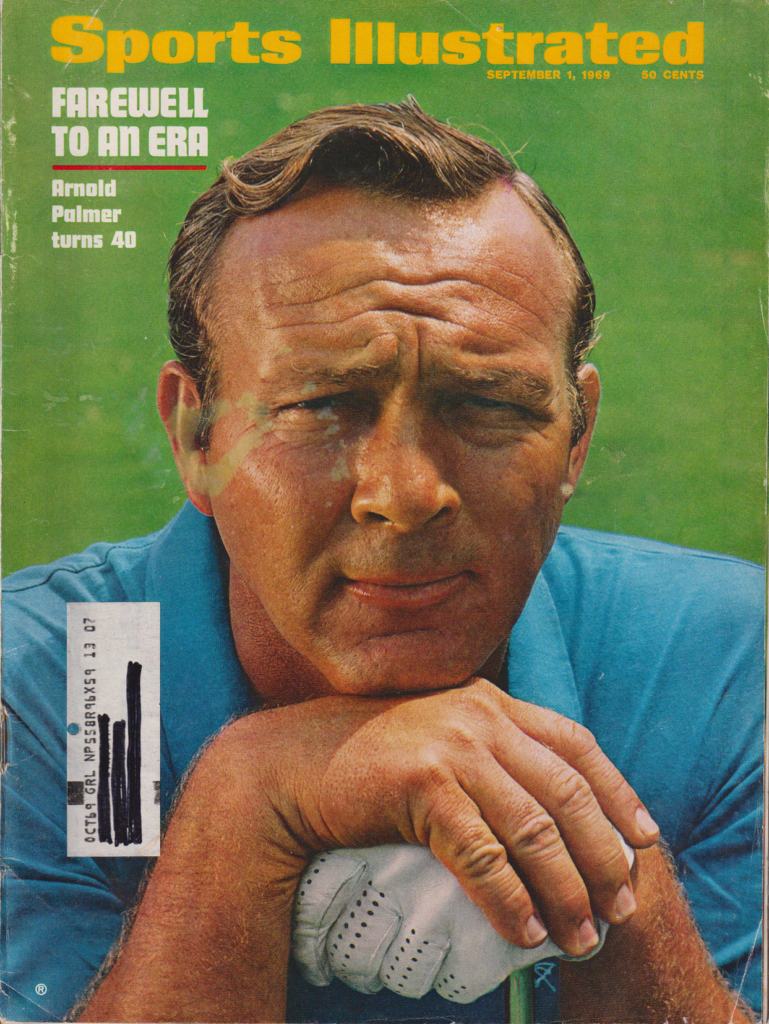
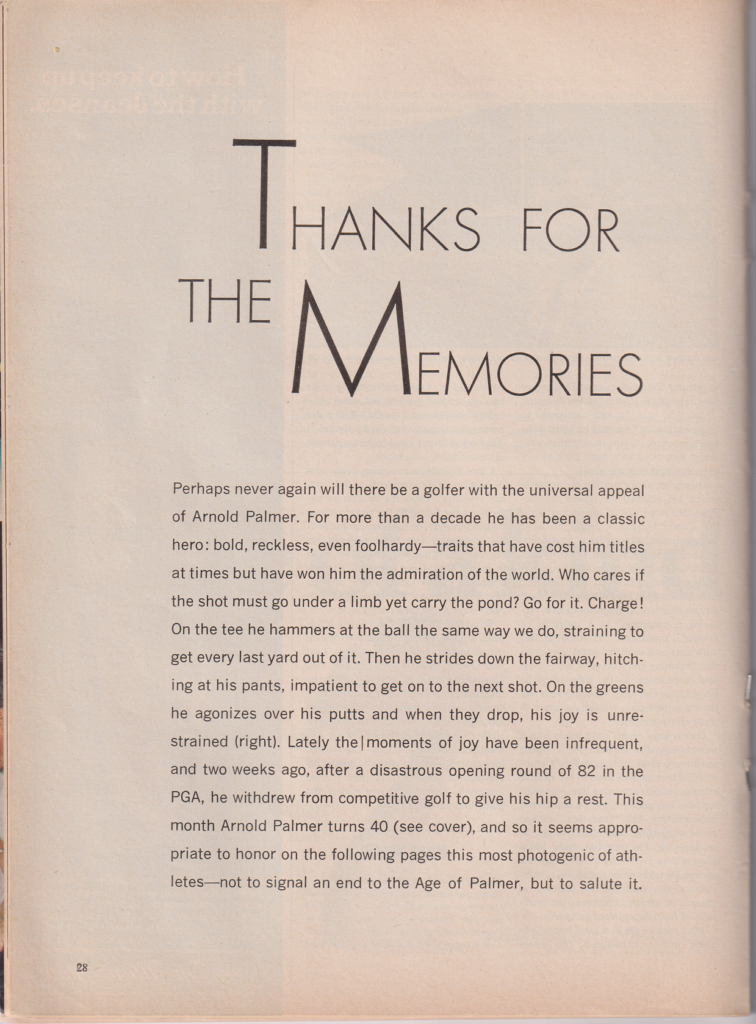

I hope you enjoyed the read.
The Head Nut
#0001
Here’s a great article written by Dan Jenkins in 1969 abut the Arnold Palmer…



I hope you enjoyed the read.
The Head Nut
#0001
I was rummaging through some old magazines I had saved because of their historical significance when I ran across this interesting Letter from the Publisher in the February 6, 1967 issue of Sports Illustrated. Below is the publisher’s page of the magazine followed by the page in the magazine he referenced. It’s an interesting read and a fun visit to the past…
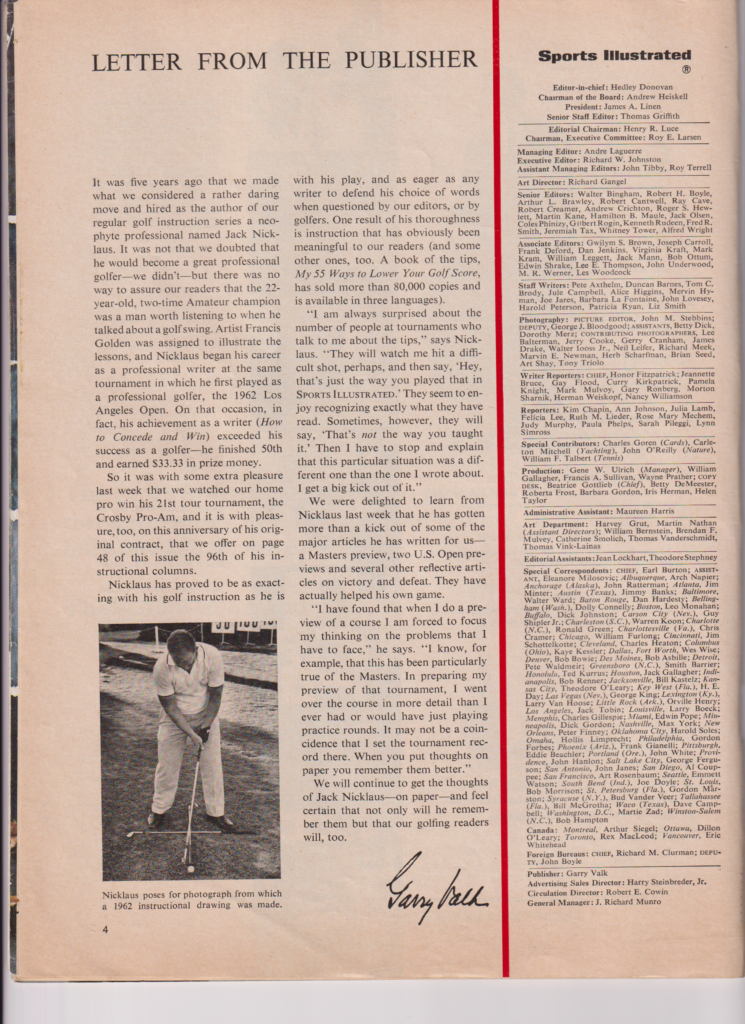
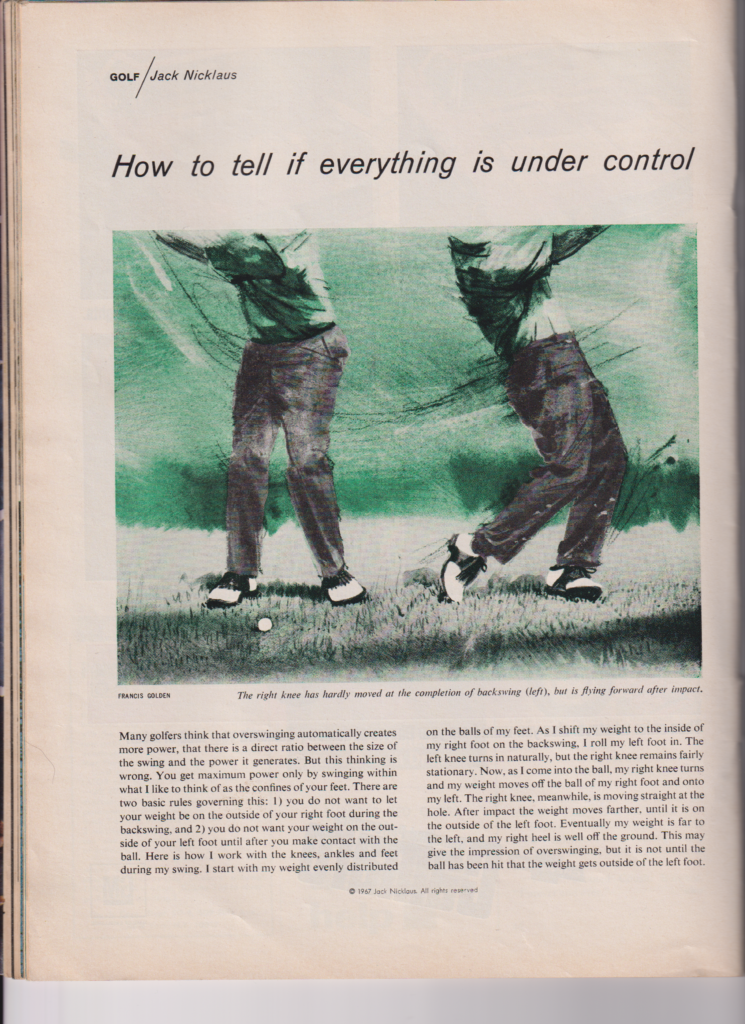
I enjoyed my brief journey to the past and hope you did too.
The Head Nut
#0001
Hey Nuts,
I was going through some (very) old Sports Illustrated magazines this past weekend (1968 to be exact) and came across these two golf club ads…
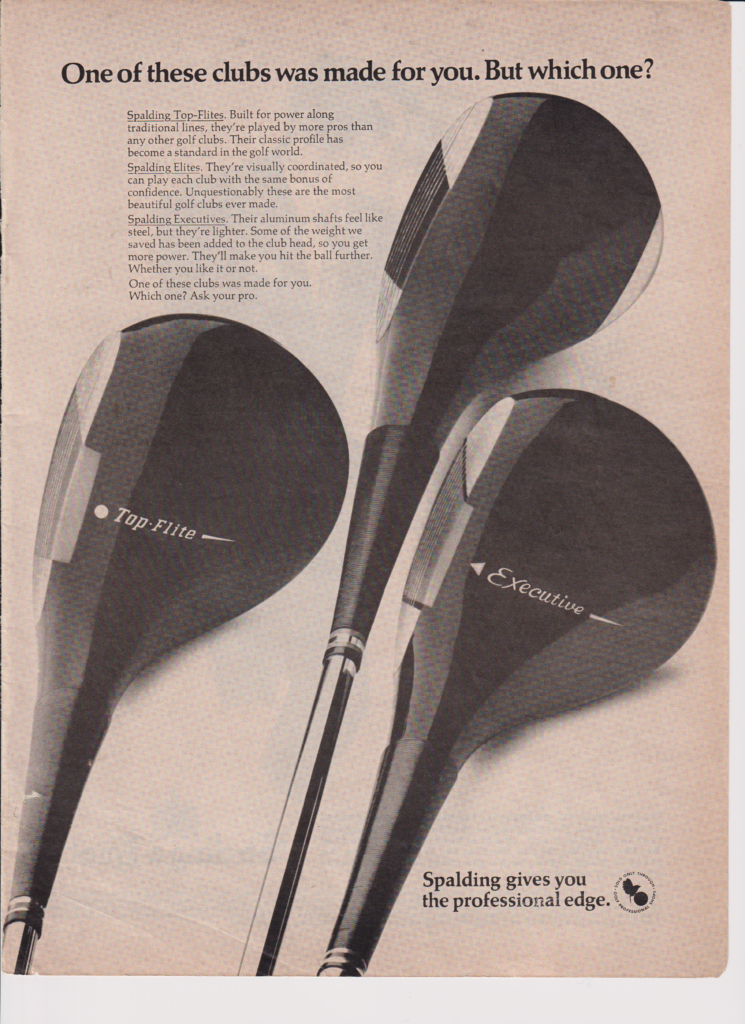
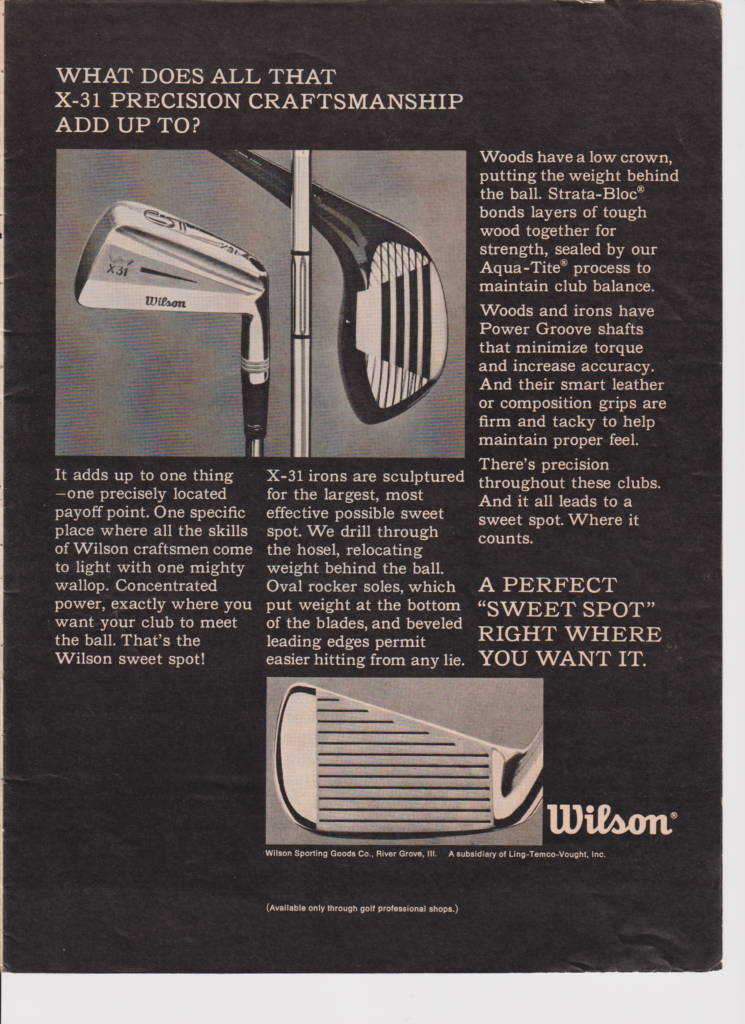
My, how times have changed! Let’s see Bryson or Brooks hit 350-400 yard bombs or 220-yard 5-irons with these clubs.
The Head Nut
#0001

For those who think you need a perfect swing to play great golf, here are the top of backswing positions of the 12 US Ryder Cup players. Personally, I only see one perfect backswing position, and that’s Harris English. Finau’s is good, but short.
How many great backswings do you see?
The Head Nut
#0001

On this Ryder Cup Sunday, “Super Nut” Dave ‘Iron Byron’ Wells (Nut #2803) shared the above photo of two of his most treasured autographs.
Thanks, Iron!
And enjoy Ryder Cup Sunday, everyone. It looks like a blowout for the American side…but you never know.
The Head Nut
#0001
Hey Golf Nuts,
You’ll love this flashback to an historic changing of the guard in this great game of golf.
Little did we know at the time of the historical significance of this match between the great Sam Snead who was nearing the end of his hall of fame career and the new kid on the block, Jack Nicklaus.
Hmmm…I wonder who won? I guess you’ll just have to watch to answer that question.
Enjoy!
The Head Nut
#0001
Golfers wear caps and golfers have favorite caps. Here are a few of the favorite caps of some of our members…
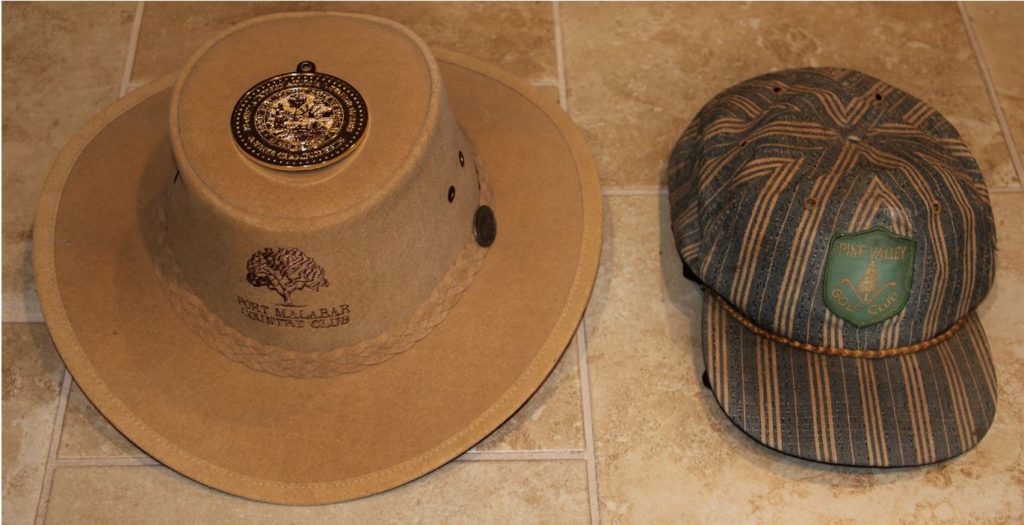
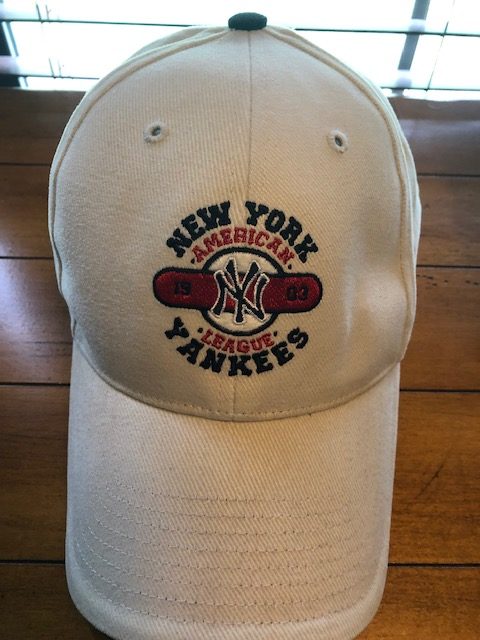

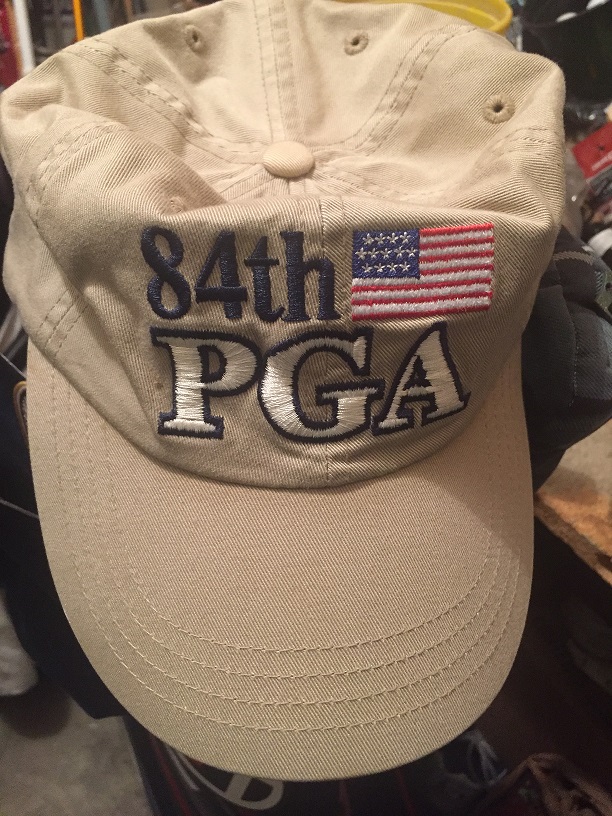
Nut #2803 Dave Iron Byron Wells’ Favorite
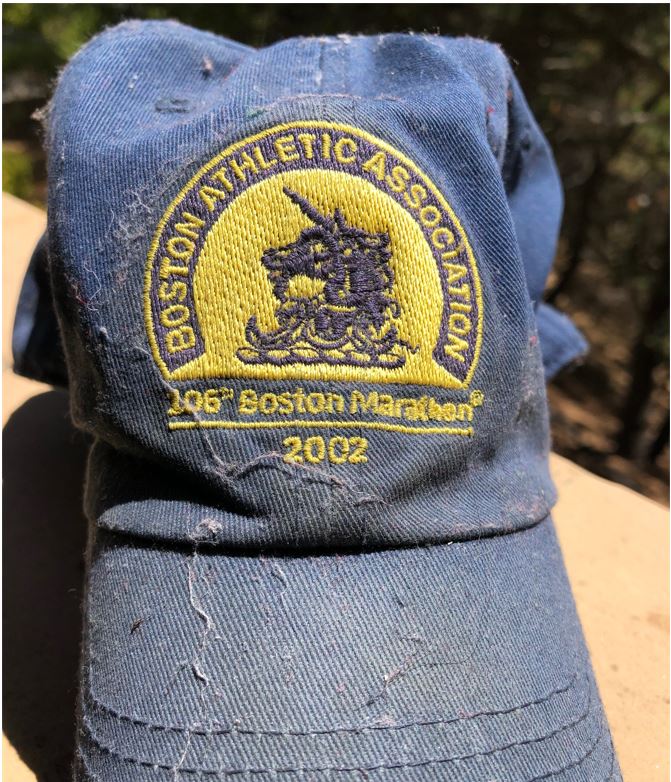
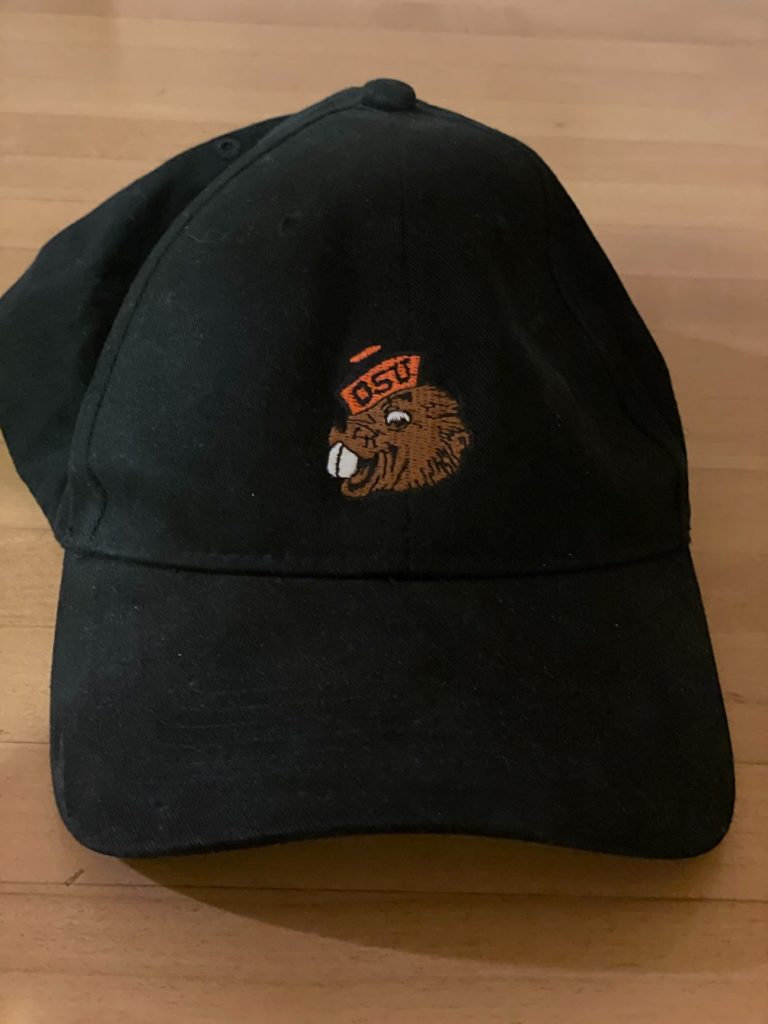
And then there was he who could not decide…
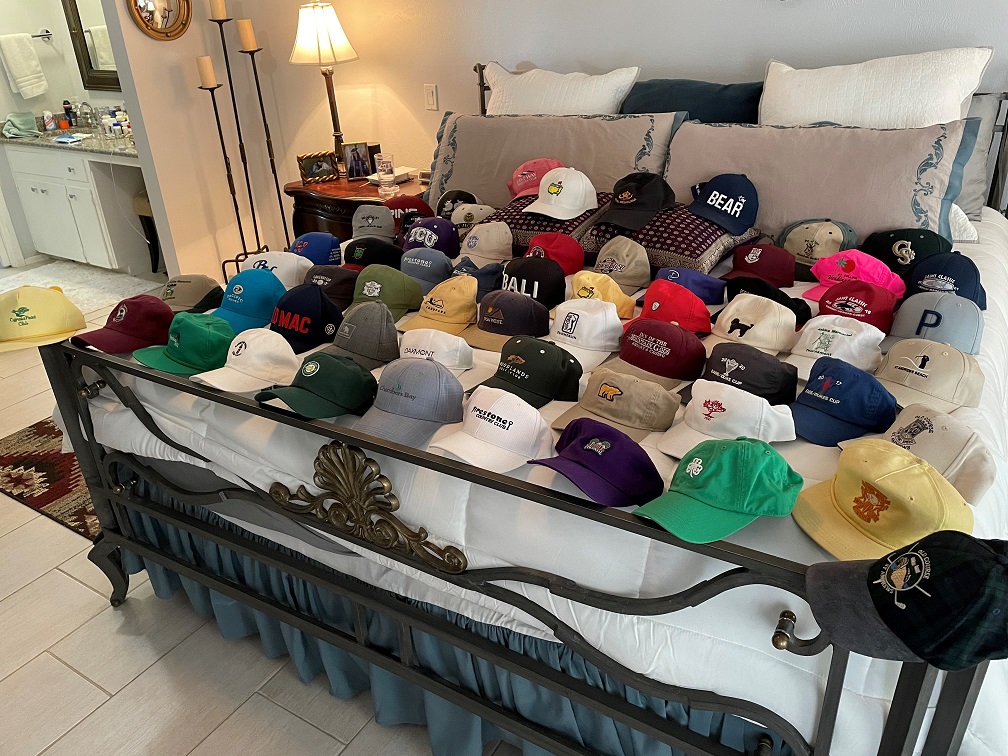
But he finally decided…
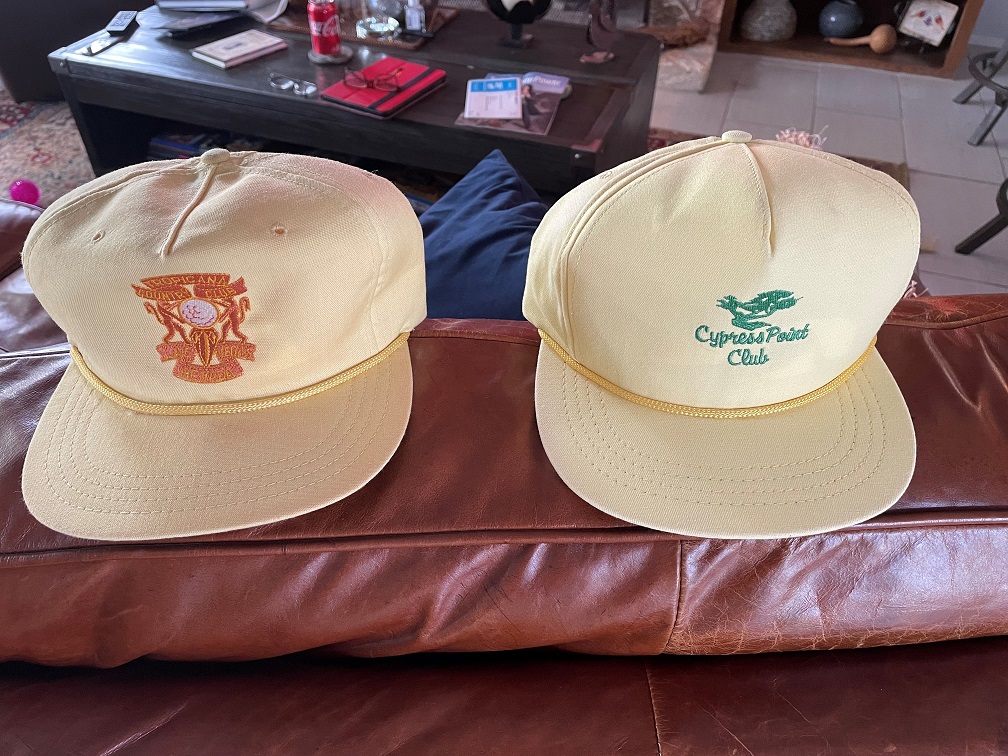
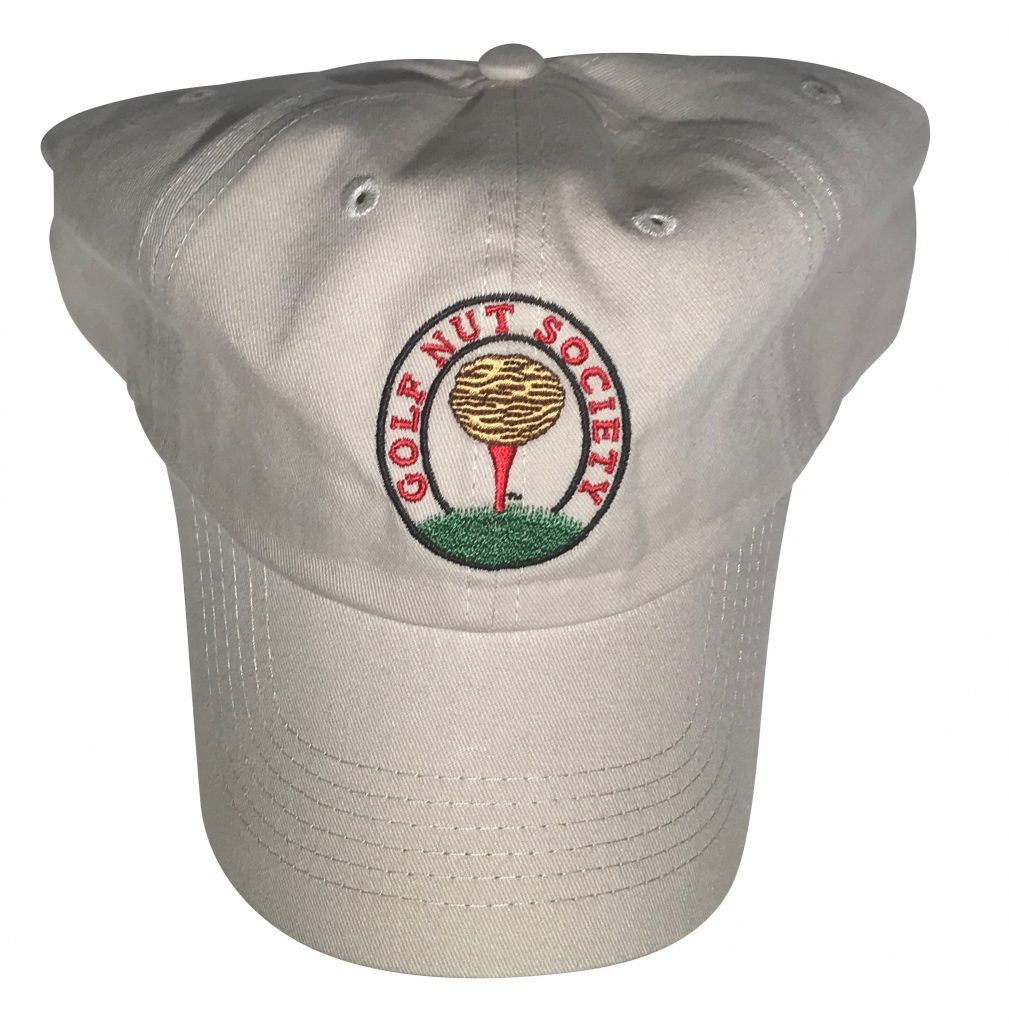
HN,
Have got many hats…counted 146 currently…most of them given to me by PGA Pros over the years, primarily Ping from Ted Purdy and Cleveland from Neal Lancaster…then 20 from the USGA for the US Open sites for being a USGA member for many years.
Of course, St. Andrews, Royal Dornoch & Carnoustie on my trip to Scotland….plus of course Pebble Beach when I played in the Pro-Am, and Seminole in Florida….plus Masters, The Country Club in Brookline from the 1999 Ryder Cup, Pinehurst, and on and on…
Wear a hat every time I play golf.
Golf Forever Please,
Dave ‘Iron Byron’ Wells
#2803
Memories on top of memories…
****
So, there you have it, Nuts. Your winner with 146 logoed golf caps is Nut #2803.
Congratulations, Iron Byron!
I will be sending him a logoed Golf Nut Society cap. Yeah, right. Like the guy needs another golf cap.
The Head Nut
#0001

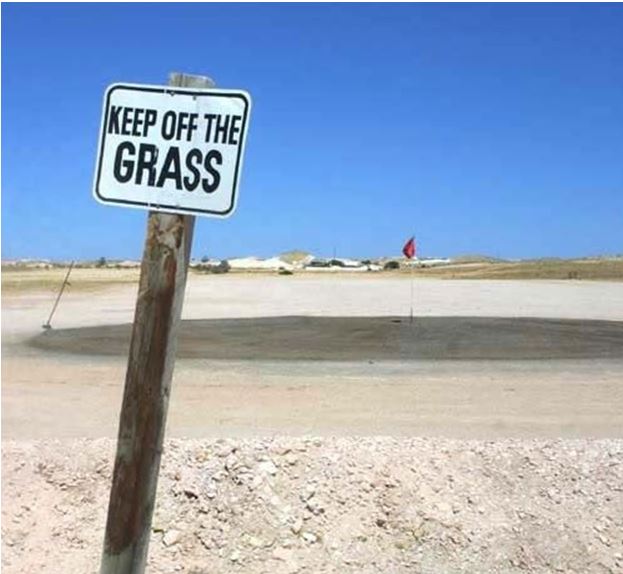
Shouldn’t be a problem…
The Head Nut
#0001